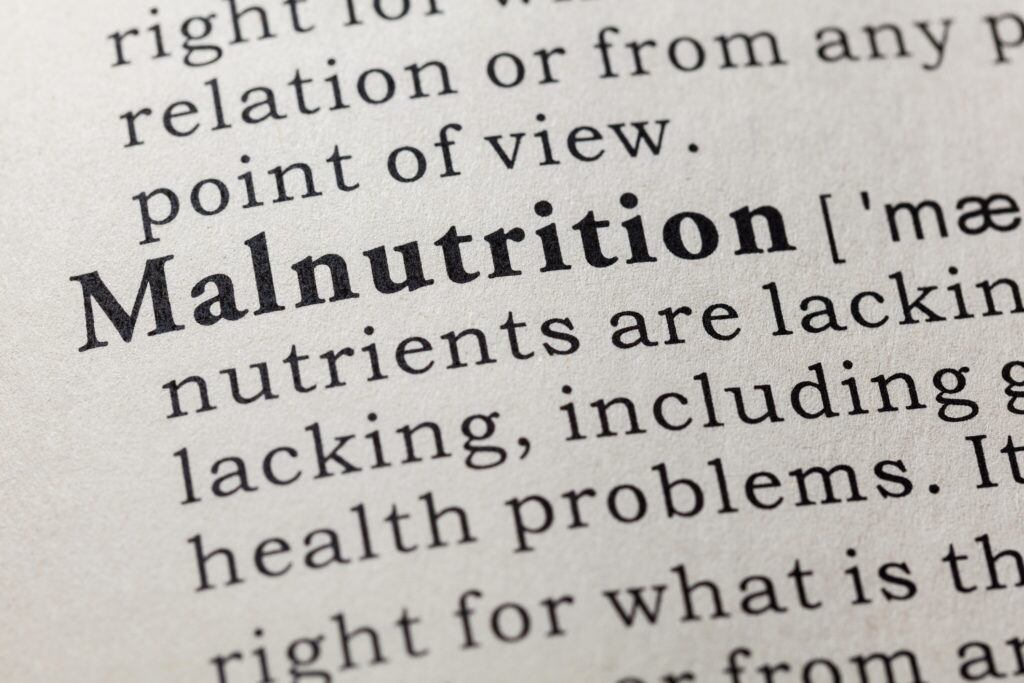The first global examination of affordability of both healthy and unhealthy foods shows that prices of both have a large impact on diet and health outcomes, say those behind the study.
Writing in The Journal of Nutrition, researchers at the International Food Policy Research Institute (IFPRI) document the ‘significant’ and ‘systematic’ variability in prices throughout the world, and suggest that such relative price differences help explain international differences in dietary patterns, child stunting and overweight prevalence among adults.
In particular, the team notes that health foods carry significantly higher premiums in less developed countries, which arguable need such products more.
"Our research shows that most healthy foods are substantially more expensive in poorer countries," said IFPRI Senior Research Fellow and study co-author Derek Headey. "But while healthier foods become cheaper over the course of development, so too do unhealthy processed foods, like soft drinks."
"Prior to this study, we already knew that the poorest children in the world weren't consuming enough of the really nutrient-dense foods that promote healthy growth and brain development," Headey added. "But now we have a better idea why: poor people also live in poor food systems. That combination of low incomes and high prices means they're simply not going to buy enough and eat enough of these nutrient-dense foods."
Diet and health: All about affordability?
Poor diets are the number one risk factor non-communicable diseases, with diet-related health issues accounting for one-fifth of all deaths worldwide.
While the links between diet and health are complex, and the divers of poor diets are multifaceted, the team behind the new study claim that the data shows the affordability of more nutritious foods is an important factor.
They noted that previous research has only studied relative price differences in specific countries, mostly in the context of the relative cheapness of calorie-dense processed foods as a risk factor for obesity in upper- and middle-income countries.
Until now, however, no studies have examined the structure of relative price differences globally, or how these price structures might contribute to undernutrition and obesity outcomes.
New data
Using national price data for 657 standardised food products in 176 countries collected under The International Comparison Program (ICP), the team developed a novel measure of how costly it is to diversify diets away from traditional calorie-dense staple foods such as bread, corn or rice.
Results showed marked variations in the affordability of both healthy and unhealthy foods across different regions of the world, and at differing levels of development.
In the world's poorest countries, healthy foods were often extremely expensive, especially nutrient-dense animal sourced foods, which are widely known to be effective in reducing stunting.
For example, they noted that eggs and fresh milk are often 10 times as expensive as starchy staples.
Other healthy food for kids, such as specialised infant cereals fortified with a wide range of extra nutrients, are sometimes 30 times as expensive as nutrient-sparse traditional cereals more commonly fed to infants, Headey and colleagues noted.
Stunting link
While poor child feeding practices are often attributed to limited nutritional knowledge in low income settings, the team report that the high prices of nutrient-dense foods offer an alternative explanation for low consumption.
Even more strikingly, they noted that higher prices of milk, eggs and fortified infant cereals predicted higher rates of stunting.
"The link between milk prices and stunting is especially strong," said study co-author Harold Alderman, “which is entirely consistent with a whole body of evidence on the strong linkages between dairy consumption and child growth."
Economic development = cheaper food?
Although the study found that economic development tends to make healthy foods more affordable, the process also tends to make unhealthy foods cheaper, said the team.
For example, sugar-rich soft drinks are relatively expensive in many low-income countries but have become inexpensive and widely consumed in middle- and upper-income settings, they noted.
Indeed, Headey and Alderman’s results show that lower prices of soft drinks and sugar-rich snacks predict significant increases in overweight prevalence among adult populations.
"Public health agencies in upper income countries have been concerned with the high consumption of sugar-rich foods for some time," said Alderman, "but our study shows that these products often become very affordable in middle income countries, and sometimes even in relatively poor countries where obesity rates are really on the rise."
The authors noted that policymakers have several tools available to help make nutrient-rich foods relatively more affordable, including nutrition-sensitive agricultural investments that could make healthy foods cheaper, and taxation and regulation efforts - such as food labelling - to curb consumption of unhealthy foods.
"These findings raise an important agenda for future research: understanding why food prices vary across countries, and sometimes within them, and how best to change food prices in a way that leads to better diets and nutrition outcomes in rich and poor countries alike," said Headey.
Source: The Journal of Nutrition
Published online ahead of print, doi: 10.1093/jn/nxz158
"The Relative Caloric Prices of Healthy and Unhealthy Foods Differ Systematically across Income Levels and Continents"
Authors: Derek D Headey, Harold H Alderman

